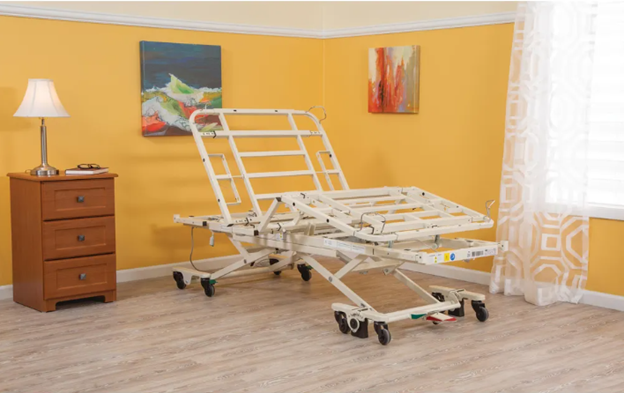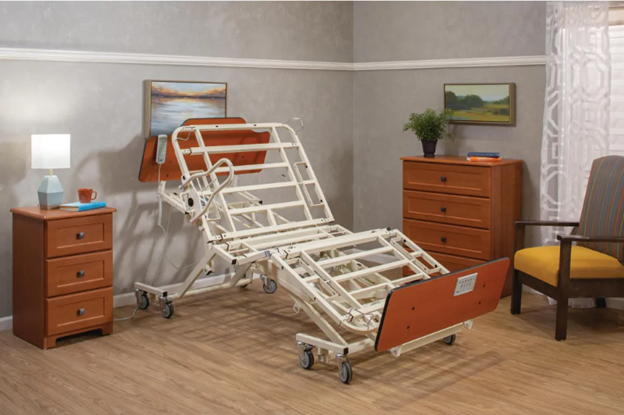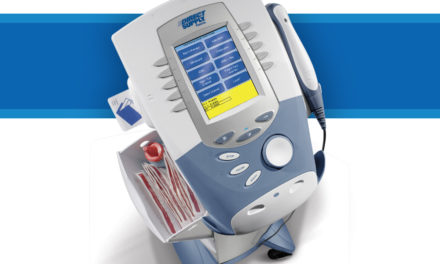Swing bed programs are a must-have in healthcare when it comes to acute care transition, and post-acute rehabilitation, especially in rural healthcare settings. They are not just beds; they are bridges—to recovery, continuity of care, and community well-being.
But what exactly are swing bed services? In this blog, we will explore swing bed programs and their impact on patient outcomes. Whether you are a seasoned healthcare professional or a curious reader, join us as we swing into a world where rest meets resilience.
Why do Swing Beds Matter?
A swing bed prorgram does not refer to a specific type of physical bed, but rather to a stage of medical care. In hospitals, especially those serving rural and remote areas, a swing bed program—also known as transitional care—allows beds to transition between acute and post-acute care based on patient needs.

Choosing the Right Swing Bed
Swing bed services provide essential care for rural patients and offer volume growth potential for hospitals. They allow hospitals to optimize existing resources, maintaining clinical relationships with local communities. Swing bed services offer hospitals the ability to care for patients at their level of need – they are a vital link in the healthcare chain!
The Panacea® 3500 is the perfect option for acute care transition or post-acute rehabilitation. Its versatile construction allows for increased resident comfort and can handle up to a 600 lb. weight capacity. It has an adjustable length and width, as well as other features to meet different residents’ needs. Navigate through our different Panacea® 3500 options and see what fits best for you!




